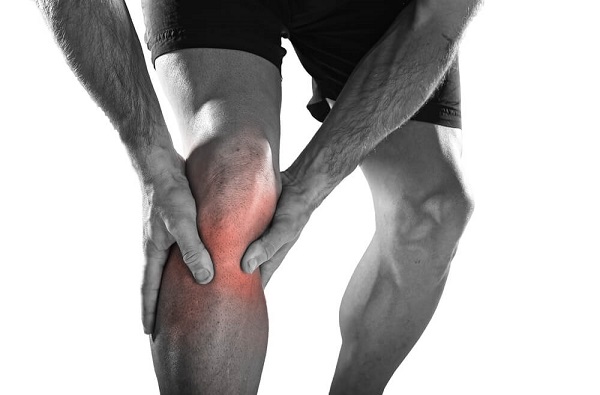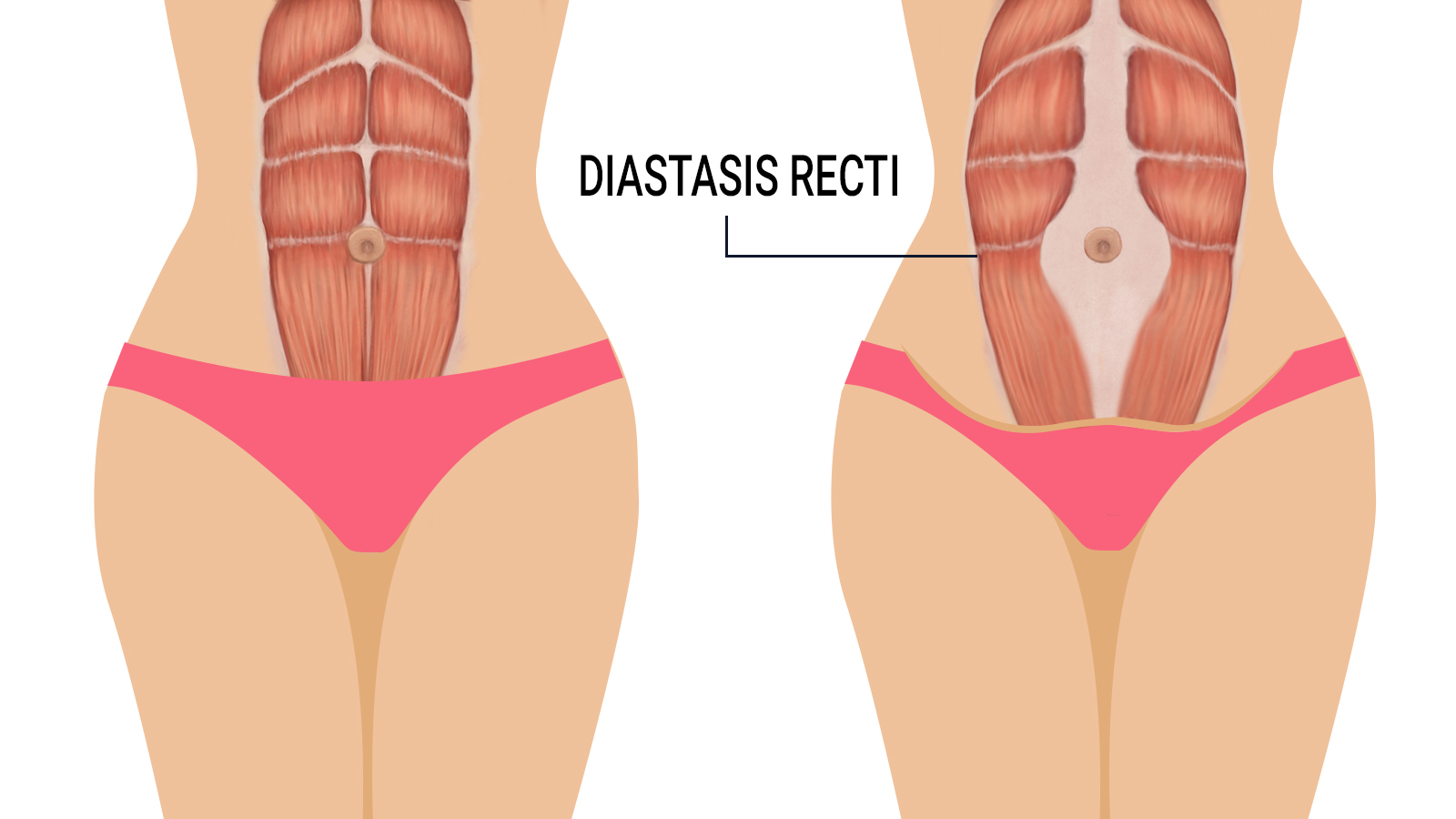
How to Run (Programming advice for runners)
July 16, 2018What do my spine scan results actually mean?
August 13, 2018How do I fix Diastasis Recti? (DRAM)

Abdominal separation or Diastasis Recti is when Rectus Abdominis (your 6 pack muscles) separate to make room for your growing baby. The line down the middle of your abs is called the Linea Alba, it is this connective tissue that stretches to accommodate a growing baby! This is a completely normal occurrence that’s been studied to be present in about 60% of women at 6 weeks post-partum. This number reduces to around 30% at 12 months post-partum. So, you see that in many cases, the gap will reduce itself naturally. But not always.
As per general guidelines for pregnant people, after the first trimester we should be avoiding activities that cause large strain on the abdomen, or large increases in intraabdominal pressure. These include things like heavy lifting, crunches and planks. There are two reasons for this, firstly these exercises increase blood pressure significantly, and secondly, the change in orientation of the muscle fibres due to the big belly means that they do not function in their usual way.
We certainly do not promote complete rest, and it is important to consult with your medical professional about your exercise regime during pregnancy. An Accredited Exercise Physiologist can advise help tailor a program to your specific needs. The program needs to be tailored to you individually, as we all experience pregnancy differently, and we all have differing experience levels with exercise pre-pregnancy.
As discussed above, the abdominal separation gap can remain in around 30% of people at 12 months post-partum. These gaps can vary in both width and length significantly. There is no normal. There is evidence suggesting that women who exercise while pregnant and post pregnancy may have a reduced incidence and size of diastasis recti, however these studies are often limited by sample size and the fact that diastasis recti will reduce itself naturally in many cases.
Our recommendation is that you remain comfortably active during pregnancy and that you seek rehabilitative exercise from a qualified health professional after child birth to get yourself back to your healthy strong self as quickly as possible. Should the gap fail to reduce or is worrying you due to physical appearance – there are surgical options to be explored. We would recommend that you treat surgery as your last option, as there is much to be gained from physical therapy that does not involve invasive surgical procedures.
If you are pregnant now, or have given birth and are now struggling with physical changes or weakness come in and have a consult with our women’s health expert Eden to get started with some positive change!

